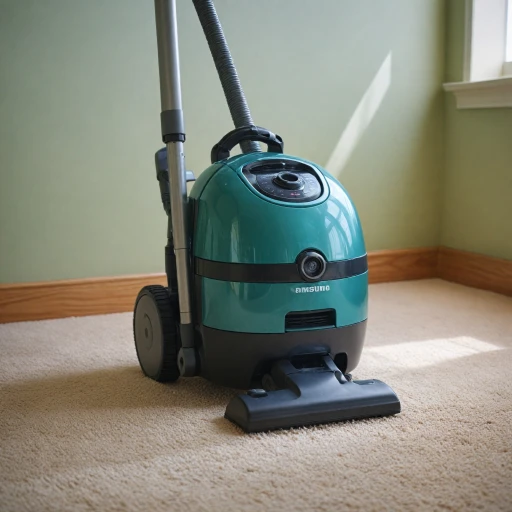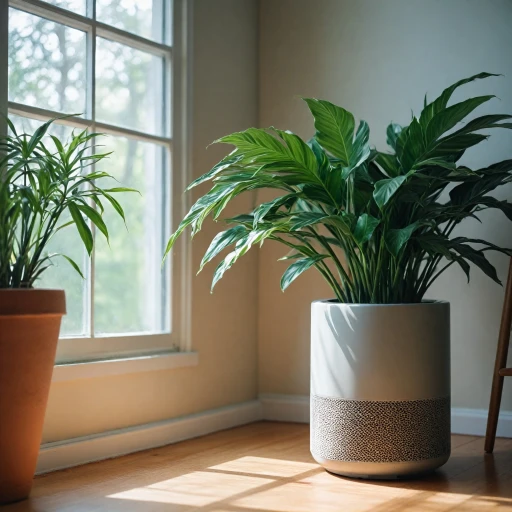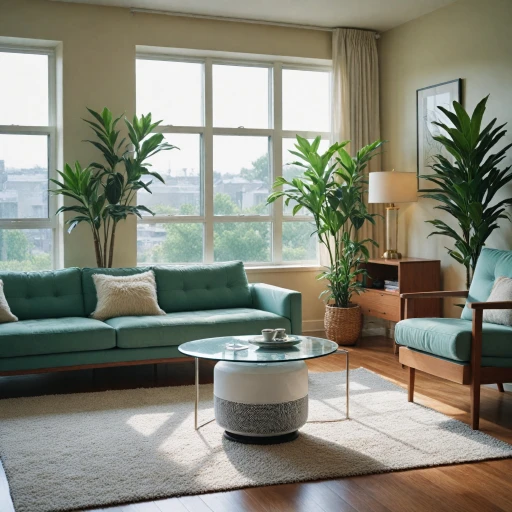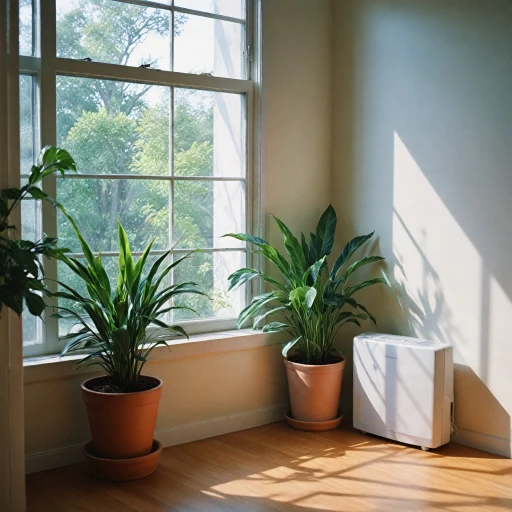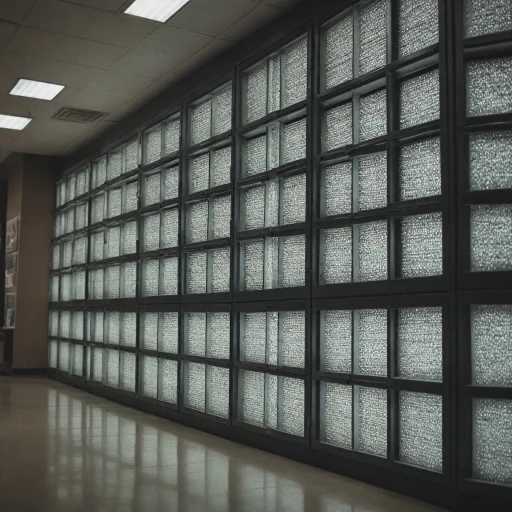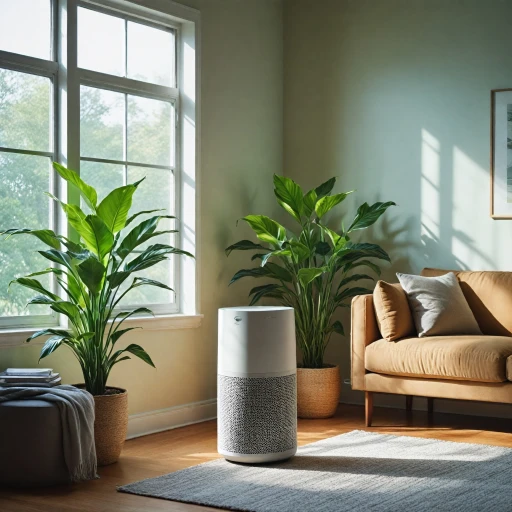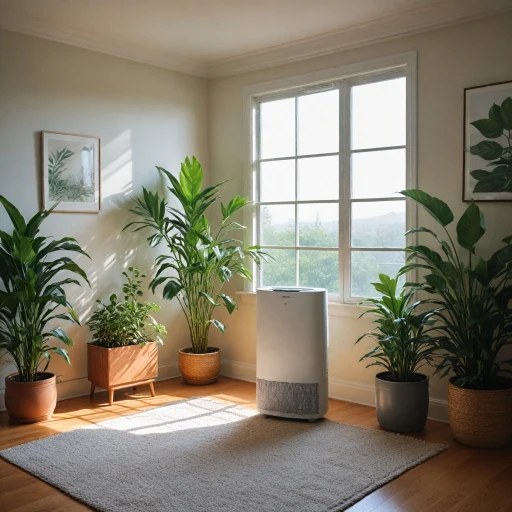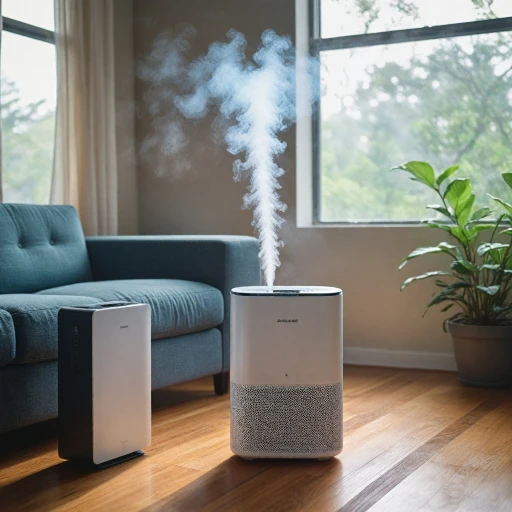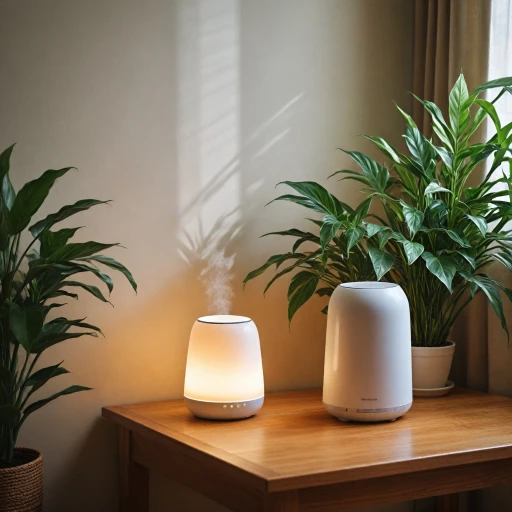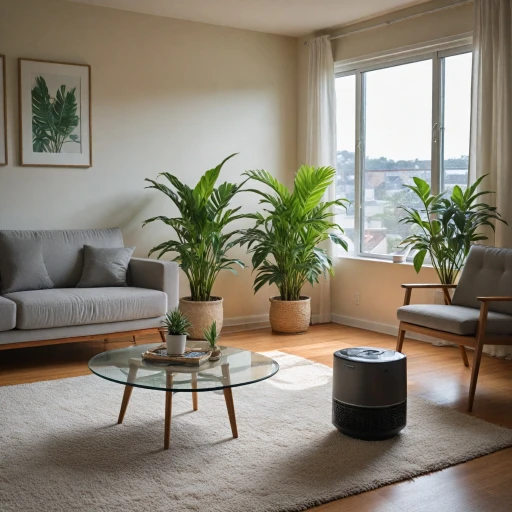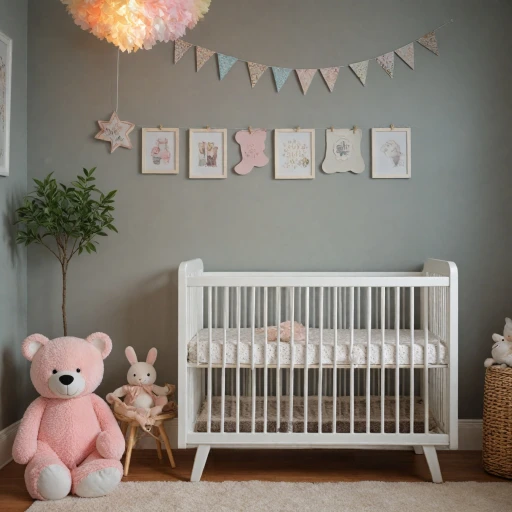
Understanding Air Purifiers: The Basics
The Essentials of Air Purifiers
Air purifiers are increasingly becoming a staple in homes and offices, especially with rising concerns about indoor air quality. They work by removing contaminants from the air in a room to improve air quality. One of the popular choices among air purifiers is the HEPA air purifier, known for its ability to trap microscopic particles.
How They Work
At the core of every air purifier is a filtering system. Among the different types of filters, the True HEPA filter stands out for trapping 99.97% of particles down to 0.3 microns. This includes common pollutants like pet dander, smoke, and dust. Some models like the Blue Pure add another layer of filtration with activated carbon filters that effectively neutralize odors.
Types of Air Purifiers
An air purifier isn't a one-size-fits-all solution. There are various models tailored to different needs. For instance, if you are considering air purity for a specific demographic, such as a newborn, our guide on the best air purifiers for newborns might be helpful. Key aspects to consider are the fan speed, the size of the purifier relative to the room, and whether it offers any noise reduction features.
Factors to Consider Before Buying
Assess your needs and budget to find the right air purifier. The price range varies significantly, from budget options to high-end models like the Dyson series, which boast advanced features but come with a substantial price tag. Always check for additional expenses such as the replacement filter, which is a recurring cost.
Why Choose a Pure Air Purifier?
Why Opt for a Pure Air Purifier?
Choosing the right air purifier can significantly impact your indoor air quality, especially when dealing with issues like pet dander, smoke, or other pollutants. Pure air purifiers stand out in the market due to their high-quality filtration systems and reliable performance. Here's why they might be the best choice for your home:
- True HEPA Filters: Pure air purifiers often come equipped with true HEPA filters, which are essential for capturing particles as small as 0.3 microns. This includes allergens, dust, and even some bacteria, ensuring cleaner air in your living space.
- Activated Carbon Filters: Many models also incorporate activated carbon filters, which are excellent for removing odors and volatile organic compounds (VOCs). This is particularly beneficial if you're dealing with smoke or chemical smells.
- Variety of Models: Whether you're looking for a compact unit for a small room or a larger model for an open living area, there's a wide range of purifiers available. From sleek, black designs to more traditional white units, you can find something that fits your aesthetic and functional needs.
- Cost-Effective Options: While the initial price might seem high, the long-term benefits of improved air quality and reduced health issues make them a worthwhile investment. Plus, with regular price sales, you might find a great deal that fits your budget.
- Easy Maintenance: Regular replacement of filters is crucial for optimal performance. Pure air purifiers often have accessible parts and accessories, making maintenance straightforward and hassle-free.
For more insights on how air purifiers differ from other devices like humidifiers, you can explore this detailed comparison.
Key Features to Look for in a Pure Air Purifier
Must-Have Features in an Air Purifier
When searching for a pure air purifier, there are several key features to consider to ensure optimal air quality in your living space. With numerous options on the market, identifying these attributes will help you make an informed purchase that aligns with your needs and expectations.
Advanced Filtration System
A quality air purifier should come equipped with a true HEPA filter. This type of filter is essential for capturing 99.97% of airborne particles, including dust, pet dander, and other allergens. Pairing it with an activated carbon filter is also desirable, as it helps to remove odors and volatile organic compounds (VOCs) from the air. Look for units with readily available replacement filters to maintain efficiency over time.
Powerful Fan and Coverage
Consider the unit's fan strength and the area it can cover. Whether it’s a small bedroom or a larger living room, choosing a purifier with the right coverage ensures clean air throughout the room. Some purifiers come with multiple speed settings, allowing you to adjust for quieter operation or maximum airflow when needed.
Smoke and Odor Removal
Efficient odor removal is crucial for users dealing with smoke or strong odors. It's worth investigating options specifically designed for this purpose, as highlighted in our detailed analysis of purifier efficiency for tobacco smoke. These models often incorporate specialized filters or additional technologies.
Ease of Use and Maintenance
Ease of use is another factor; digital controls, remote operation, or even app integration can enhance user experience. Moreover, regularly maintaining your purifier by cleaning or replacing filters not only keeps the unit running smoothly but also extends its lifespan. Consider the replacement filter cost and availability when evaluating your options.
Design and Compatibility
The aesthetic aspect is not to be overlooked. Whether you prefer sleek white or striking black finishes, ensure the purifier blends well with your home décor. Some brands, like Dyson and Blue Pure, offer stylish designs that complement modern interiors.
In conclusion, by considering these features, you can find an air purifier that not only meets your purification needs but also enhances your home environment. Evaluate the unit price against its features to determine if the sale price is warranted, ensuring you make a smart investment in your indoor air quality.
Common Challenges and Solutions
Troubleshooting Air Purifier Challenges
When it comes to air purifiers, you might face certain challenges that can impact their performance. Understanding these common issues and their solutions can ensure your purifier operates efficiently and provides clean air consistently.Decreased Performance
One common challenge is noticing a drop in performance. If your air purifier isn't effectively cleaning the air, it might be due to clogged filters. Regularly checking and replacing filters, especially the HEPA filter, is vital. Depending on usage and air quality, some filters might need replacement more frequently. Investing in high-quality replacement filters can maintain your unit's efficacy.Noise Concerns
Excessive noise is another issue users may face. Purifiers with fans, like the Dyson or Blue Pure models, can be particularly noisy on higher settings. Consider adjusting the fan speed to a lower setting when maximum air purification isn't required. Ensure that the purifier is on a stable surface and regularly cleaning the fan blades can also help reduce noise.Air Quality Sensors Malfunction
Some air purifiers come with sensors to detect and adjust to room conditions for optimal air quality. If these sensors aren't functioning properly, it could be due to dust accumulation or sensor misplacement. Gently cleaning the sensor area and ensuring it isn't obstructed by other objects can often resolve this issue.Replacement Parts Availability
Finding the right parts and accessories can sometimes be a challenge, especially if you're seeking specific components like activated carbon filters or true HEPA replacements. While high-quality purifiers may come with a higher unit price, their maintenance parts are often readily available directly through manufacturers or authorized dealers. Checking regularly for sale prices on these parts can also help in managing the long-term cost. By addressing these challenges as they arise and staying proactive with maintenance checks, such as those recommended in other sections, your air purifier will continue to deliver the clean and pure air that you and your family need.Maintenance Tips for Longevity
Ensuring Optimal Performance Over Time
Maintaining your air purifier is essential to achieving clean air consistently. Regular upkeep not only improves indoor air quality but also extends the longevity of your unit. Let's delve into some practical tips to help you achieve this.
- Filter Replacement: A crucial aspect of air purifier maintenance is replacing the hepa filter regularly. The true hepa filters are designed to last but require timely changes to maintain efficiency. Check your unit’s manual for specific guidance, or consider adding a replacement filter to your regular shopping list.
- Clean the Exterior: The fan and outer parts of your device, whether it's a Dyson or Blue Pure, can accumulate dust and debris. Regular wiping with a damp cloth ensures not only cleanliness but also optimal performance.
- Inspect Parts and Accessories: Periodically examine the inner parts and accessories for any signs of wear or blockage. This is especially important if you live in areas prone to smoke, or if you have pets that shed pet dander.
- Monitor for Performance Issues: Be vigilant about changes in air quality within the room. If you notice a decline despite a recent filter replacement, it might be time for a deep clean or inspection by a professional.
- Purchase Genuine Parts: When the time comes to replace components, opt for genuine parts to ensure compatibility and performance. Authentic accessories might come at a higher price, but they guarantee high quality and reliability.
Implementing these maintenance strategies will help you stave off common challenges and support you in keeping your pure air purifier running smoothly. Always remember that maintaining the unit plays a pivotal role in extending its lifespan and efficiency.
Evaluating Cost vs. Benefits
Balancing Cost with Performance
When considering the addition of an air purifier to your home, understanding the balance between cost and benefits is crucial. It's easy to get lost in the sea of options, varying from budget-friendly models to high-end units with advanced features.
The initial unit price can be a deciding factor for many. It's essential to weigh this against the long-term benefits and potential savings in health costs by ensuring better indoor air quality. For instance, models with true HEPA filters might come at a higher regular price, but they offer superior filtration capabilities, effectively capturing particles as small as 0.3 microns, including pet dander, smoke, and allergens.
Evaluating the future costs is also necessary. This involves purifier replacement expenses, like new filters that need to be purchased over time. Opting for purifiers with easily accessible replacement filter parts could reduce maintenance overheads, keeping the price usd lower in the long run.
The type of filter is significant when considering costs. HEPA filters are known for their effectiveness, but they might require frequent replacement. In contrast, models with activated carbon components can deal with odors and pollutants but might drive up maintenance costs if they are not high quality.
Always weigh these factors with the room you're aiming to purify. Smaller spaces can achieve adequate air quality with less expensive units, while larger areas may need more powerful purifiers like those from reputed brands like Dyson. These tend to come with higher sale price tags but offer more features, such as integrated fan systems for more comprehensive coverage.
In summary, investing in a quality air purifier involves looking beyond the sticker price, focusing on cost-benefit ratios over time. With careful consideration, the right choice can lead to years of clean air and ultimately a more comfortable living environment.

